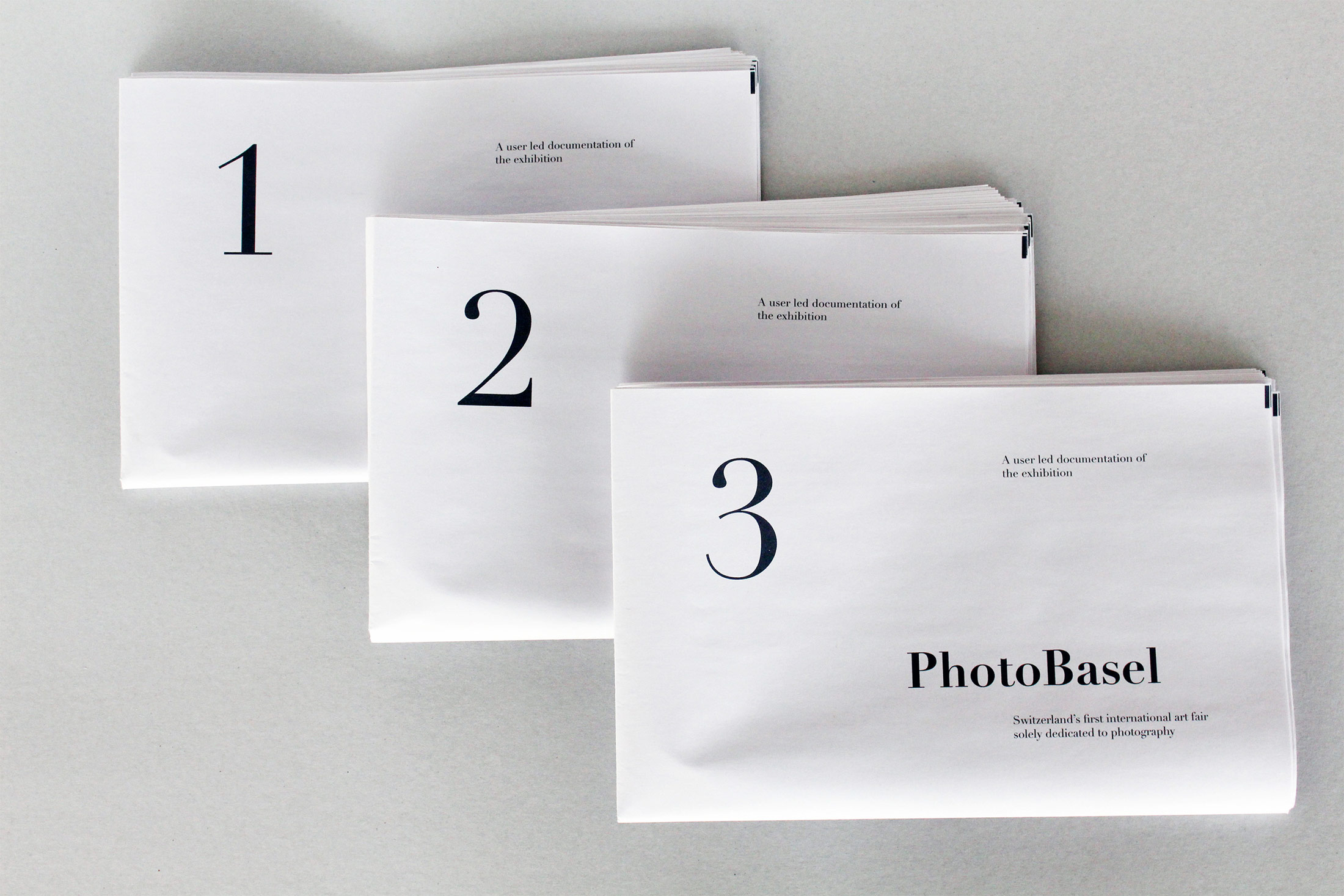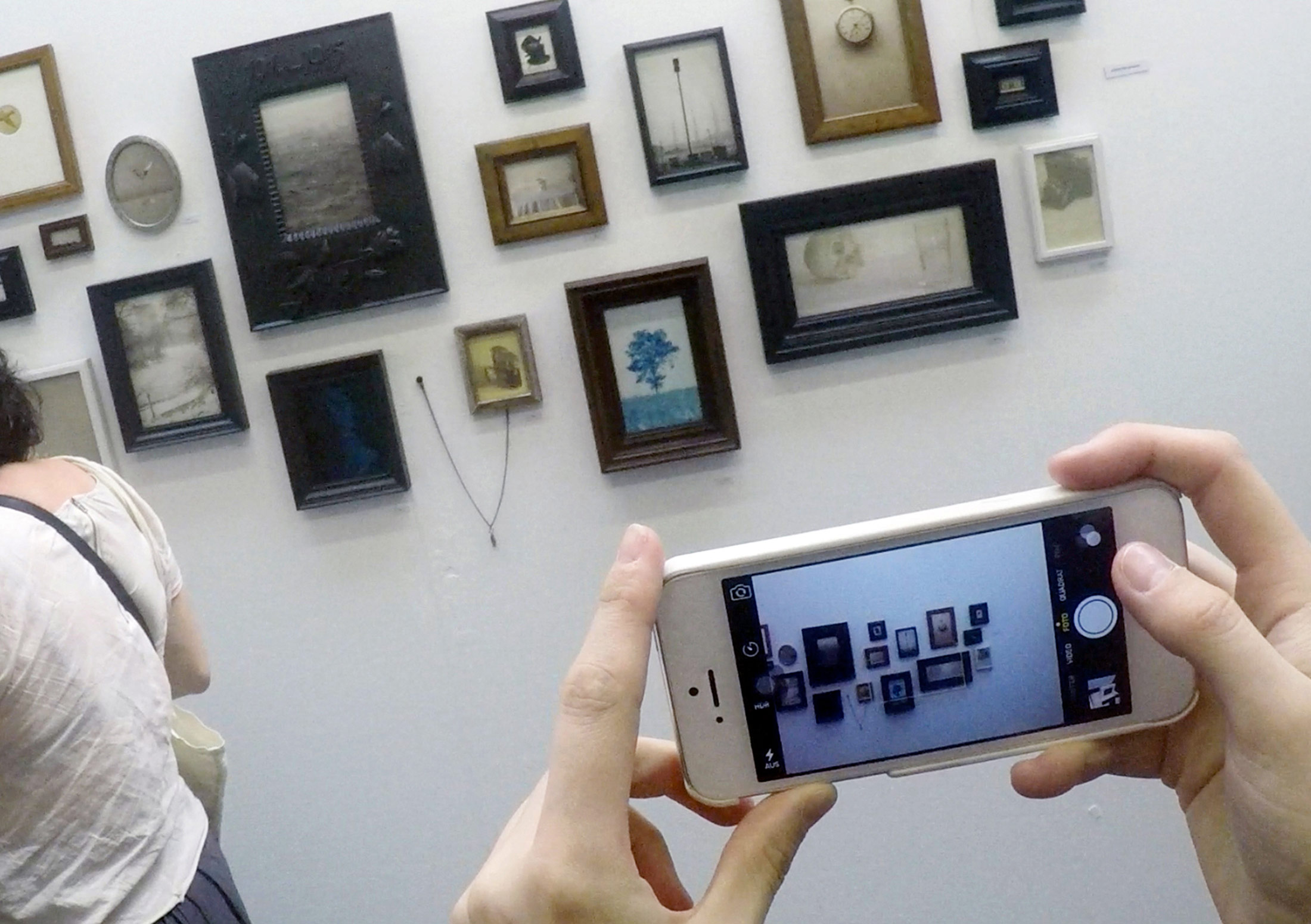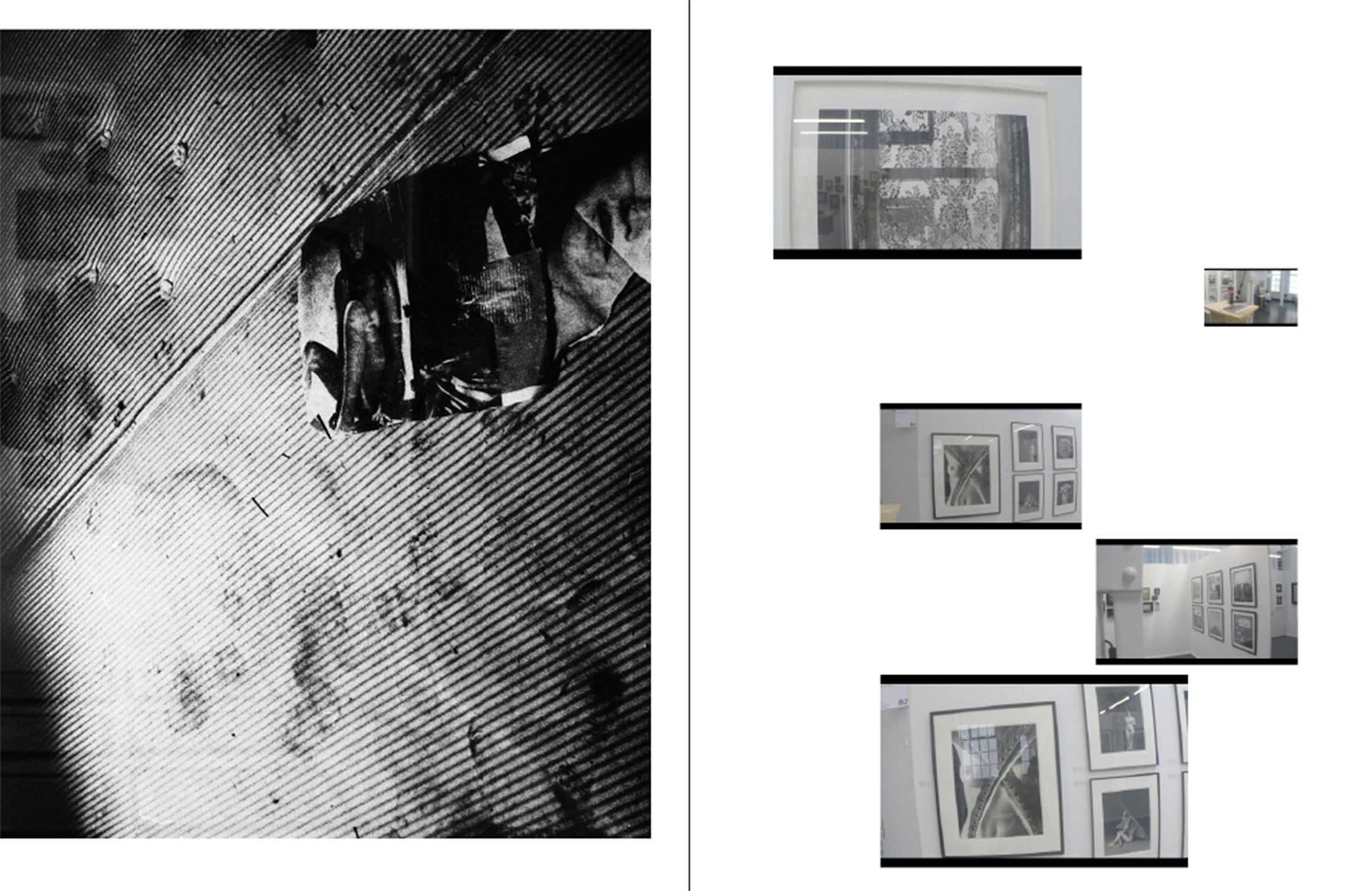Visuelle Kommunikation
Master
Camille Gray
Exposure –
A User-Generated Documentation of the Exhibition



An exhibition displays works of art in a certain location for a limited amount of time, to which interested viewers are required to travel. The printed medium – the book – is the tool traditionally used to extend the reach and scope of the exhibition, thanks to its mobile characteristics, but also to enrich it with a tangible quality. It enables visitors to bring home a physical reminder of the exhibition, while allowing non-attendees to get an impression of the show. The traditional publication linked to an exhibition – a catalogue – is usually an expensive, printed book displaying high-quality images, reproductions of the works of art exhibited at the museum or gallery. A catalogue is not a documentation per se of an exhibition, but an index of the displayed works of art. Produced before the opening of an exhibition, it is designed to be read in a unique manner, corresponding to the respective curator’s or editor’s approach. Yet, the publication appears to be experienced in quite a different way from that of the exhibition itself, which is a personal experience for each visitor in terms of time, space, and attention. The proposal here is not to neglect existing catalogues, which exist in their own right, but to consider a new kind of publication, serving as a link between an exhibition and its visitors. Anticipating the remembrance of an ultimately fleeting experience, this documentation is to record the variety of user involvement in a show. Although the content of the exhibited works of art is of primary interest to viewers, they are also affected by other factors, such as space, time, and personal background. As a result, each experience is unique and personal. Thus, the main topic of this thesis is to investigate the triadic relationship between an exhibition, its visitors, and the associated publication. Arguing for the “increasingly important role of the public as participant (or activator)”, a new book could be read “literally as a quasi-gallery: a three-dimensional structure offering spatio-temporal experiences”, and thus, it is hoped, encourage a more democratic approach to art.
The research is applied to a specific art form, that of photography. In fact, all media – photography, video, painting, or installations, etc. – captivate their respective visitors in different ways. Photography exhibitions tend to be quite traditional, expecting visitors to look at works of art, one after the other, guided by the curator’s subjective positioning. The book would counteract this factor by grasping the multiplicity of visitor experiences, adding an interactive value to the exhibition.
Finally, while acknowledging the competition carried out by today’s digital culture, the study questions in what ways the printed documentation can still be valid. In the social-media era we are living in, should editors not also embrace user-generated trends, which so passionately argue for multiple points of view? Alongside documenting the exhibition in a more relevant manner, the ultimate goal of this research will be to develop a publication which encourages a democratization of art, suggesting “The Death of the Author (and hence the birth of the reader)”.
Camille Gray
camille.gray24@gmail.com
Institut Visuelle Kommunikation, FHNW HGK, Freilager-Platz 1, CH-4023 Basel
+41 61 228 41 11, info.vis_com.hgk@fhnw.ch, www.fhnw.ch/hgk/ivk



